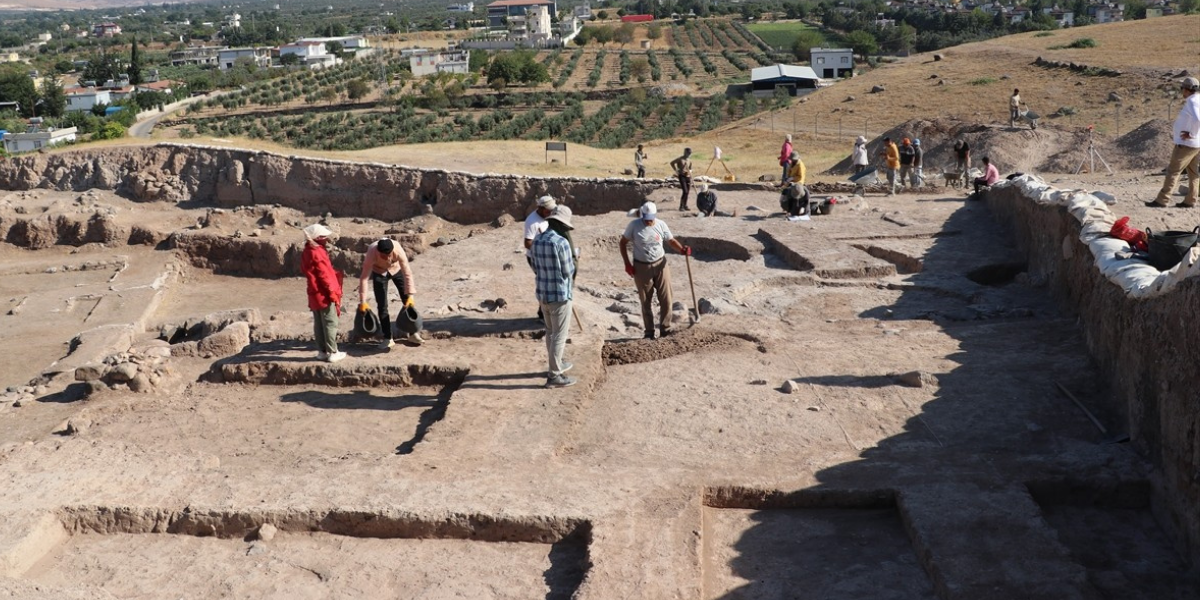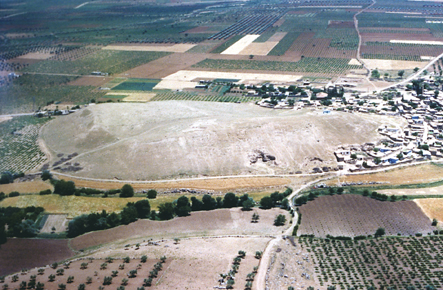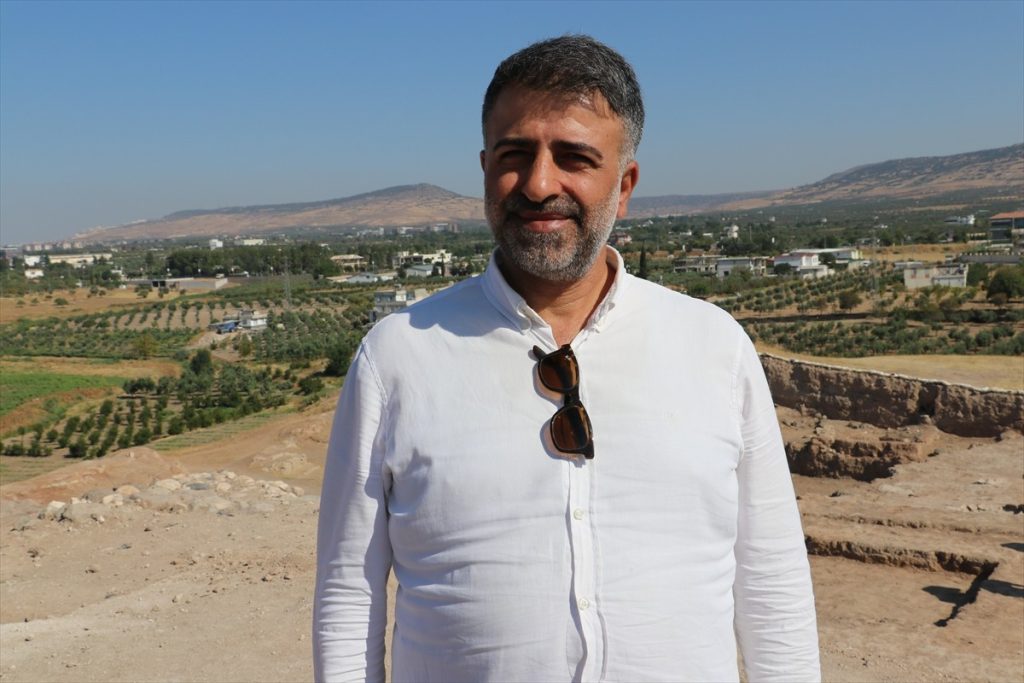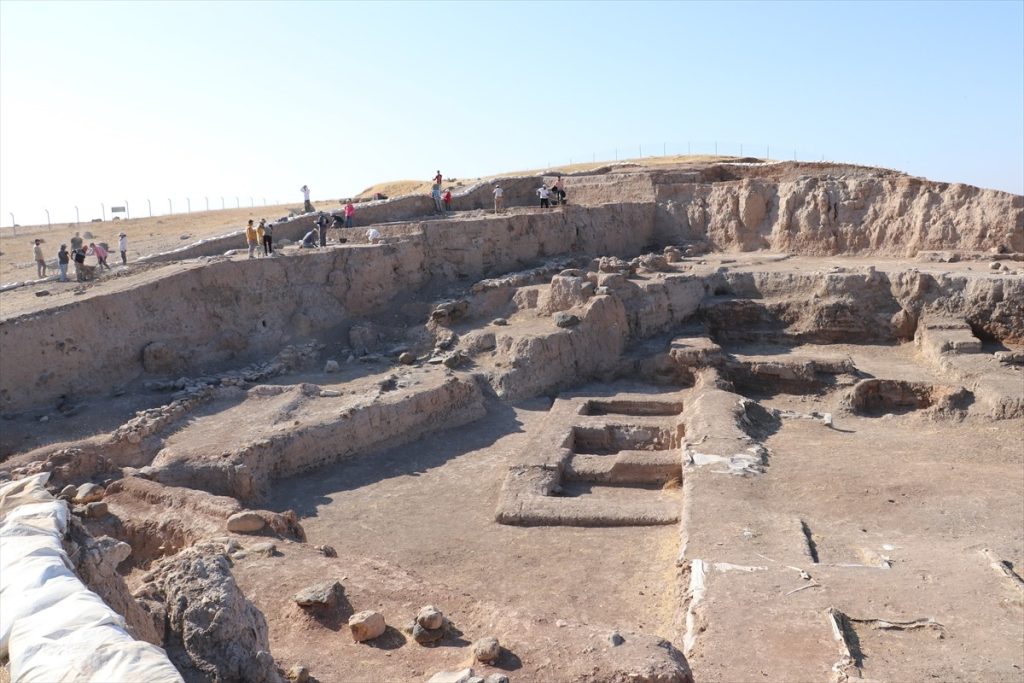
Excavations started at Oylum Höyük, one of the largest mounds in the Middle East
The 2024 excavation season has begun at Oylum Höyük (Oylum Mound), one of the largest mounds in the Middle East, located in Kilis province in southeastern Türkiye.
The mound is 460 meters long and 370 meters wide, consisting of two elevations, one 22 meters and the other 37 meters, with a dominant position over the Kilis Plain.
It has been home to many civilizations throughout history due to its location on important transportation lines such as the Euphrates Valley, Amik Plain, Anatolian Plateau and Northern Syria.

The excavations at the mound, which is a center where Anatolian, Syrian and Mesopotamian cultures intersect, are being carried out by a team of 35 people under the leadership of Prof. Dr. Atilla Engin, Head of Gaziantep University Archaeology Department.

Stating that the longest-running excavation project of the Southeastern Anatolia Region started in 1988, Prof. Dr. Atilla Engin said, “The excavations we have carried out so far, especially in the northwest area of the mound, have left no doubt that Oylum Höyük was an important administrative center during the Bronze Age. In particular, monumental architectural structures dating back to the 2nd millennium BC, one of which is a Middle Bronze Age palace, was built approximately 3,900-3,800 BC. Apart from that, various cuneiform documents, seals and seal impressions of Hittite rulers, Hittite tablets indicate that this was the center of a city-state. Epigraphic findings, written documents and the local name of the region, Oylum Höyük, indicate that it may have been the capital or the most important city of the country of Nuhasheh in the Bronze Age, Kuilzila in Hittite sources.”

Reminding that Oylum Höyük is a border point, Engin said, “The fertile Kilis Plain is a border point where the elevations of the Anatolian plateau end and the plains begin. As a powerful city-state in this fertile geography, it points to a great political authority that dominated Kilis and the Syrian lands south of Kilis.”
Cover Photo: AA
You may also like
- A 1700-year-old statue of Pan unearthed during the excavations at Polyeuktos in İstanbul
- The granary was found in the ancient city of Sebaste, founded by the first Roman emperor Augustus
- Donalar Kale Kapı Rock Tomb or Donalar Rock Tomb
- Theater emerges as works continue in ancient city of Perinthos
- Urartian King Argishti’s bronze shield revealed the name of an unknown country
- The religious center of Lycia, the ancient city of Letoon
- Who were the Luwians?
- A new study brings a fresh perspective on the Anatolian origin of the Indo-European languages
- Perhaps the oldest thermal treatment center in the world, which has been in continuous use for 2000 years -Basilica Therma Roman Bath or King’s Daughter-
- The largest synagogue of the ancient world, located in the ancient city of Sardis, is being restored











Leave a Reply